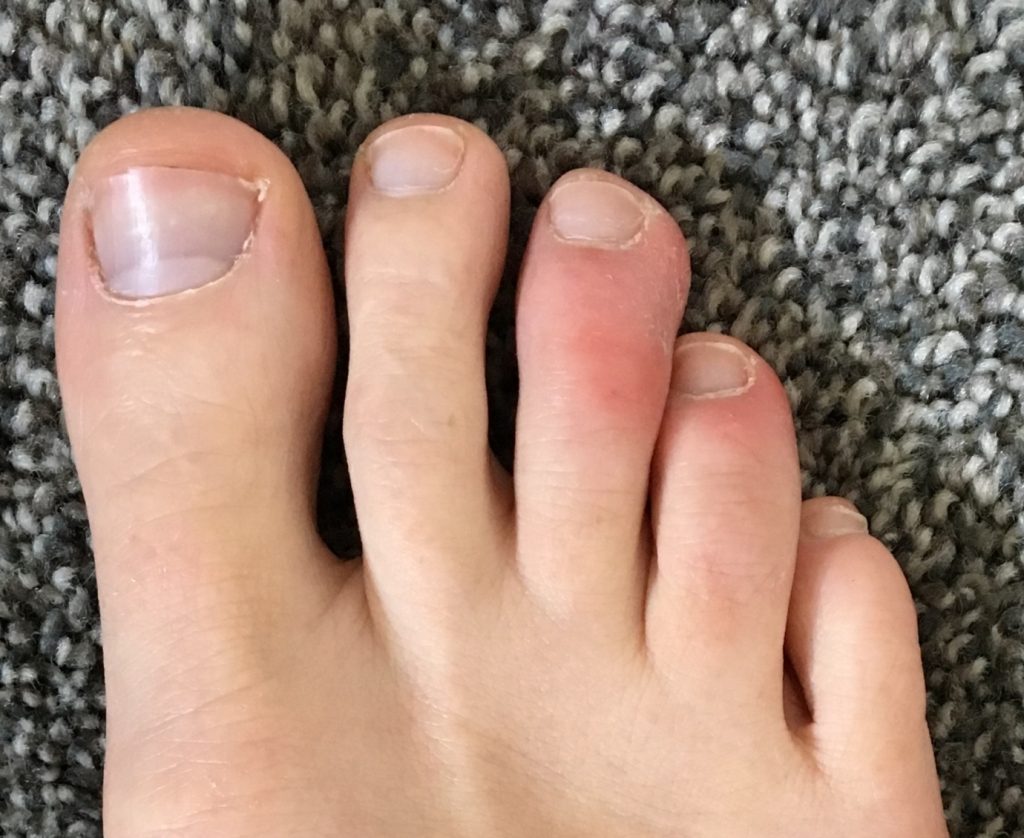Winter offers many enjoyable activities like walking, skiing, or simply spending time outdoors in the crisp, cool air. However, for some, the cold weather can bring the discomfort of chilblains itchy, red, and sometimes painful patches on the skin caused by poor circulation in cold conditions. By taking a few simple steps to protect yourself, you can enjoy your favorite winter moments without this irritation. The goal is to keep your body warm, maintain good circulation, and prevent sudden temperature changes that can trigger the problem.
Understand the Cause to Prevent the Problem
Chilblains develop when skin is exposed to cold temperatures and then warmed up too quickly. This rapid change can cause blood vessels under the skin to expand too fast, leading to inflammation. Preventing chilblains is about avoiding this sudden shift and keeping your body at a stable, comfortable temperature.
Practical Ways to Prevent Chilblains
Prevention is easier than dealing with the discomfort later. Here are direct and effective steps:
- Dress in layers – Wear warm but breathable clothing to trap heat and avoid sweating excessively.
- Protect hands and feet – Use insulated gloves, thick socks, and well-fitted shoes to keep extremities warm.
- Avoid rapid heating – If you come in from the cold, warm up gradually instead of sitting directly in front of a heater.
- Keep skin dry – Moisture increases heat loss and can make chilblains more likely.
- Stay active – Gentle movement improves blood flow and reduces the risk of cold-related circulation problems.
- Moisturize regularly – Healthy, hydrated skin is less prone to irritation and damage in cold weather.
Importance of Warmth During Outdoor Activities

If you’re engaging in winter sports, hiking, or even light outdoor chores, your body loses heat faster than you might think. Regular breaks to move around, check your warmth, and adjust clothing layers can make a big difference. For example, wearing a thin thermal base layer under a thicker sweater or jacket can help trap heat without causing overheating.
Avoiding Triggers That Lead to Chilblains
Some habits unknowingly increase your chances of developing chilblains. Avoid wearing tight shoes or socks, as they can restrict circulation. Similarly, skipping meals or staying inactive outdoors can lower your body temperature and reduce blood flow to your extremities. Small lifestyle adjustments, like keeping healthy snacks on hand and walking periodically, can greatly help.
Simple Home Care If Chilblains Occur
While prevention is the best strategy, mild chilblains can often be managed at home by keeping the area warm, avoiding scratching, and applying a gentle moisturizing cream. Persistent or severe cases should be addressed by a healthcare professional to avoid complications.
Enjoy Winter Without Worry
When you prepare for the cold, you can fully enjoy winter activities without discomfort. The key is to balance warmth with circulation, avoid sudden temperature changes, and protect vulnerable areas like your hands, feet, nose, and ears. By practicing these habits consistently, winter can remain a season of fun rather than discomfort.
Summary of Key Prevention Tips:
- Wear warm, layered clothing
- Keep extremities protected
- Warm up gradually after being outdoors
- Maintain activity for better circulation
- Avoid dampness and tight footwear
- Keep skin moisturized
By following these preventive steps, you can enjoy every winter activity without the constant worry of chilblains affecting your comfort.
